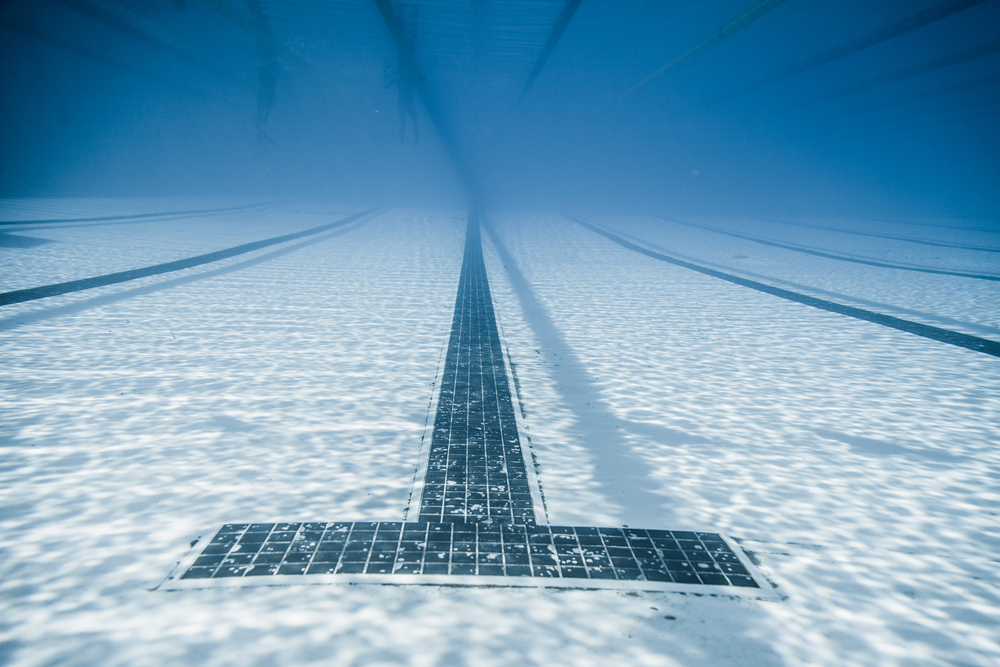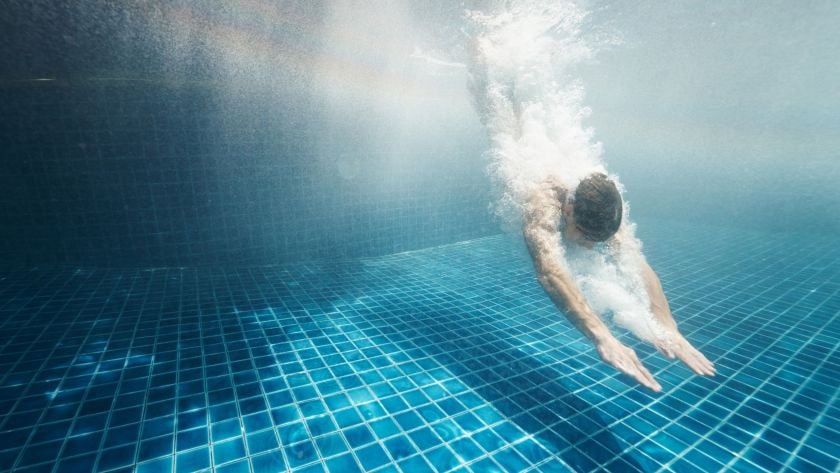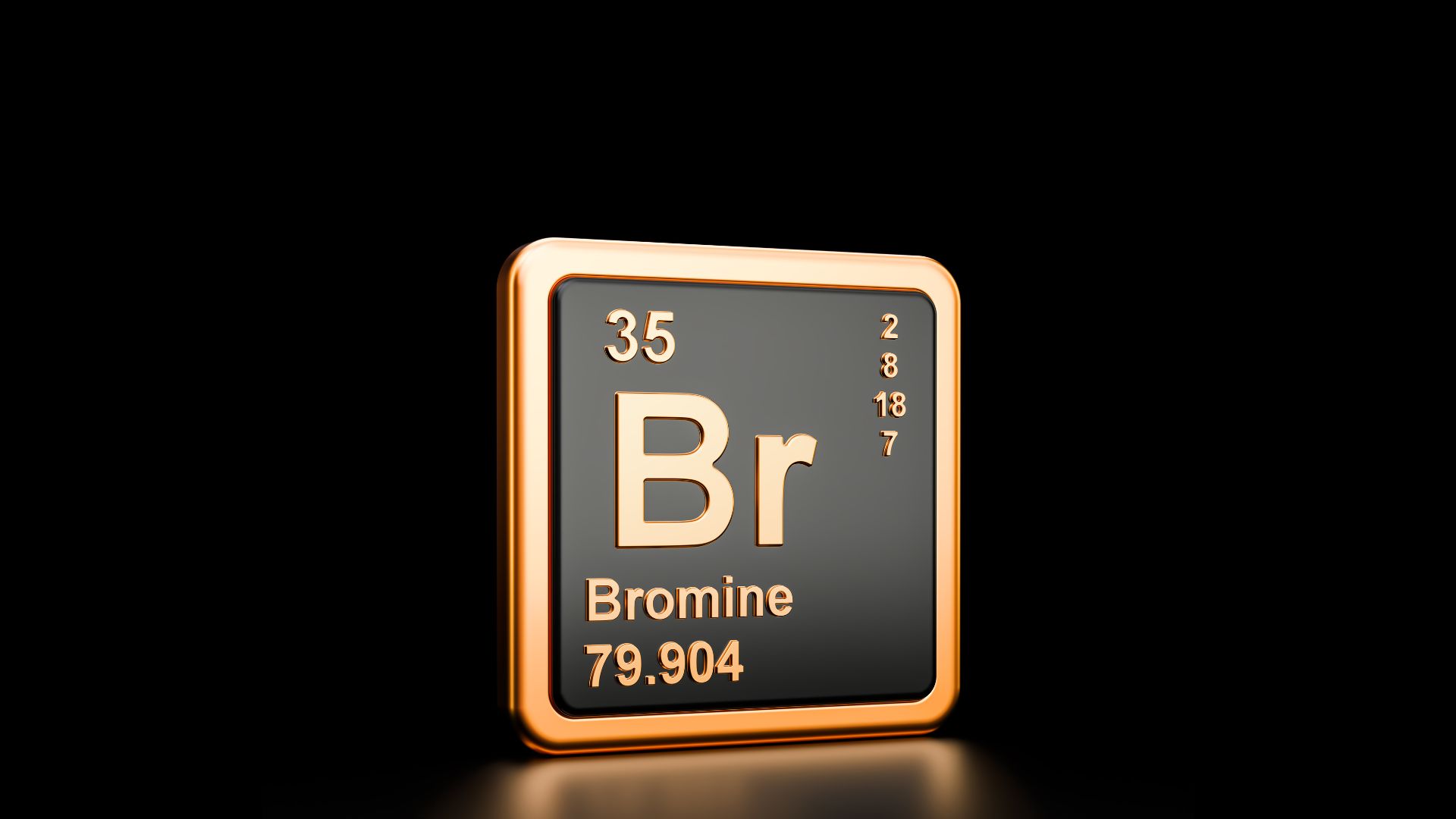Commercial Pools and their Differences
Commercial swimming pools are different from residential pools in many ways, though water chemistry is generally the same. The differences are mostly in the types of equipment and health code standards needing to be met. This article explains the distinctions between different types of commercial pools.
Types of Commercial Pools
In general, the aquatics industry distinguishes types of pools based on their location, size, type of use, and quality of construction. We personally like to organize commercial pools into four tiers, but not everyone does.
-
- Tier 1: Aquatics Venues like waterparks, Olympic-sized competition pools made for hosting championship swim meets, and resorts.
- Tier 2: Competition pools, lap pools, splash pads, swim schools, recreational centers like YMCAs, private health clubs and municipal aquatics facilities.
- Tier 3: Community centers/HOAs, seasonal outdoor public pools without large slides and attractions.
- Tier 4: "HMAC" pools, which stands for Hotel, Motel, Apartment complexes and Condos. These are commercial pools that tend to be the size of residential pools and use a lot of the same type of equipment. They tend to have lower bather loads on average, but occasionally see very high use in short periods of time.
Tier 1: Venues

Greensboro Aquatic Center. Image source: GreensboroColiseum.com
These pools are the ones that are shown off. These are the high-profile facilities that host large events like national-level swimming and diving championships. For competitive swimming, major universities tend to fall into this category, as well as some private venues that were built explicitly to host large swimming events, like Greensboro Aquatic Center, IUPUI Natatorium, and several others.
Also in this category are waterparks and large resorts where the swimming pool is a central part of the amenities. Unlike standard hotel pools in Tier 4, resort pools are designed to be a main attraction, not an obligatory amenity. The resort pools in Las Vegas, Hawaii and Orlando Florida come to mind.
Venues tend to have state-of-the-art technology powering their system. Top of the line filtration, be it a regenerative DE filter, or Vacuum sand with crushed glass media. Secondary disinfection is virtually guaranteed on these facilities, and it's usually UV, though ozone is growing in popularity for outdoor pools especially. These venues have top-of-the-line controllers that not only measure pH and ORP, but free available chlorine (FAC) and total available chlorine (TAC), which allows the controller to tell you the combined chlorine (CC) level in real-time. (Remember, combined chlorine = TAC - FAC).
Related: Pool Chemistry Part 2: Combined Chlorine
Tier 1 pools are almost exclusively gutter pools, not skimmer pools.
Tier 2: Rec Centers
 A high school natatorium in Kansas
A high school natatorium in Kansas
While Tier 4 has the highest number of commercial pools, Tier 2 is what most people probably think of when they think about competitive swimming, diving, and recreation. These are the indoor natatoriums, the YMCAs, the health clubs and swim schools. Many of them belong to universities and high schools. These are the year-round facilities that have a full-time operating staff and handle their own lifeguards (usually). By far and away, these pools make up the largest core of our business here at Chloramine Consulting, because these are the indoor pools that have both high usage and long hours.
Swim schools, proportionally, often have the most dense bather loads of any pools, except for maybe some waterparks in Tier 1. Bather load, in this case, is quantified by number of gallons per bather per day.
Bather Load = gallons / bathers / day
Lap pools with multiple swim teams each morning and evening also fall into this category, unless they happen to be training at a major venue designed for national-level championships.
These pools tend to have quality filtration systems, secondary disinfection systems, chemical automation and a trained operator who knows the pump room well. These pools are perfect candidates for enzymes due to their dense bather loads, and can also benefit from energy-savings on the mechanical side of things. Budgets are limited in this category, but capital expenses up front tend to be more robust than Tiers 3 and 4.
Tier 3: HOA/Community

A community center pool with a summer league swim team
Most pools in this category are outdoor pools. Sure, there can be some homeowner's association (HOA) community centers that are indoor too, but they are the exception, not the norm. Think about a subdivision in the suburbs, or your neighborhood pool that was built when the original houses were. That's what fits into this tier. What makes these pools amazing is their longevity and ability to bring communities together during the summer. Summer league swim teams, 4th of July parties, big cookouts and all sorts of other community events often take place at the neighborhood pool.
These pools are most often staffed by contracted pool service companies that provide lifeguards, pool operators and service/repair technicians. It's a turn-key kind of contract where the service company handles everything from cleaning to chemicals.
These pools have Commerical equipment, but rarely do they have high-end commercial filters like vacuum sand or regenerative DE filters. They also rarely have secondary disinfection systems like Ozone or UV. As an aside, UV is not a great fit for outdoor pools anyway, thanks to a little substance called sunscreen, which blocks UV light.
A typical HOA pool will have pressure sand filters, a basic pH controller, liquid chlorine and an acid feeder. Lifeguards often operate them with a CPO certification and some on-site training by the service provider.
Tier 4: Hotels, Motels, Apartments, Condos (HMAC)

Indoor hotel pool. Image Source: Sheraton on the Falls
The smallest types of commercial pools are sometimes treated in-house, but often outsourced to a pool service company. Hotels and residential complexes seldom have full-time staff focused on the swimming pool, since there are so many other maintenance needs around the complex. These pools are empty most of the time, but in some places–especially in certain seasons–they can get very busy. Unfortunately, these pools often struggle with water chemistry and indoor air quality because their systems are designed at (or near) code minimums to save costs. Filters are usually either barely large enough or undersized, circulation rates are not great, and the name of the game is usually cost savings. In that same vein, these are the types of pools that most often utilize pool covers to save energy.
These pools can benefit mightily from optimizing pool chemistry and, if indoor, source-capture exhaust. The challenge is always the budget. Sadly these pools are often a money pit for building owners; an obligatory amenity, so to speak. Unlike venues and rec centers that are designed to attract people to come use the pool, HMAC pools are often there to attract people to stay in the building.
We hate to sound harsh, and we do not mean to be. We just recognize the priorities of these facilities are not focused on the swimming pool, and that's okay. It's reality.
Conclusion
This article was not written to criticize one type of pool over another. It was just to distinguish between different types of commercial pools. Obviously, budgets are the driving factor behind what makes these pools so different. But so too are location (are you able to have a pool outdoors year-round? Or do you have seasons?) and demographics. An area with many young families has more of an incentive to build a pool that can host swim teams and lessons compared to an active adult 55+ community.
Regardless of the type of pool you have or you are working with, the general water chemistry is going to be the same, but the mechanical equipment, flow rates and overall design are going to differ. If your facility is indoors and has air quality challenges, perhaps we can help.

 By
By


